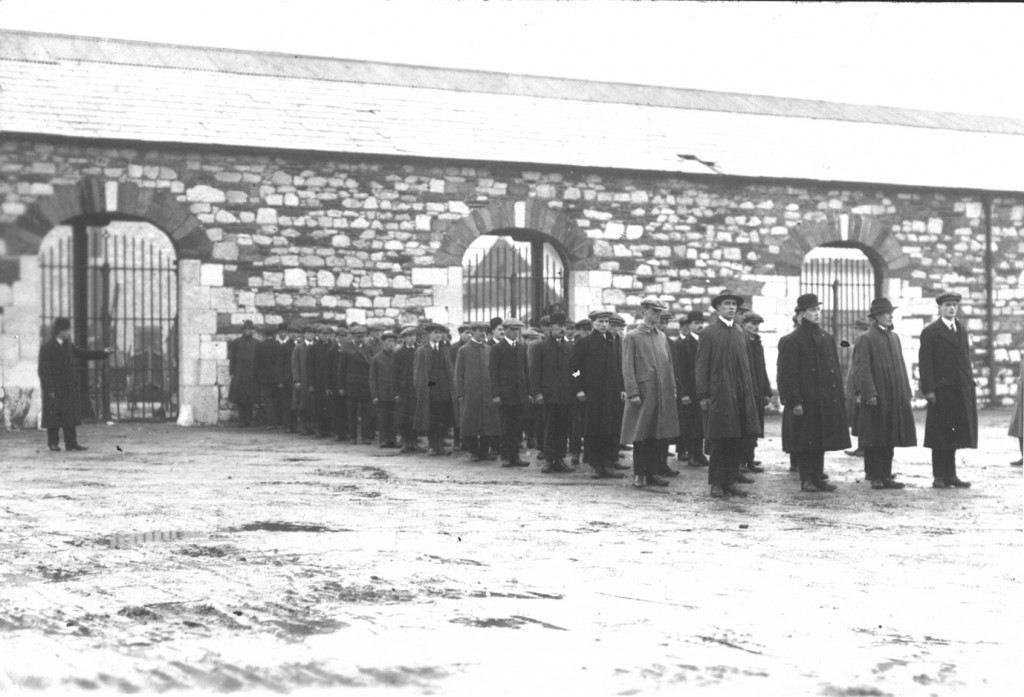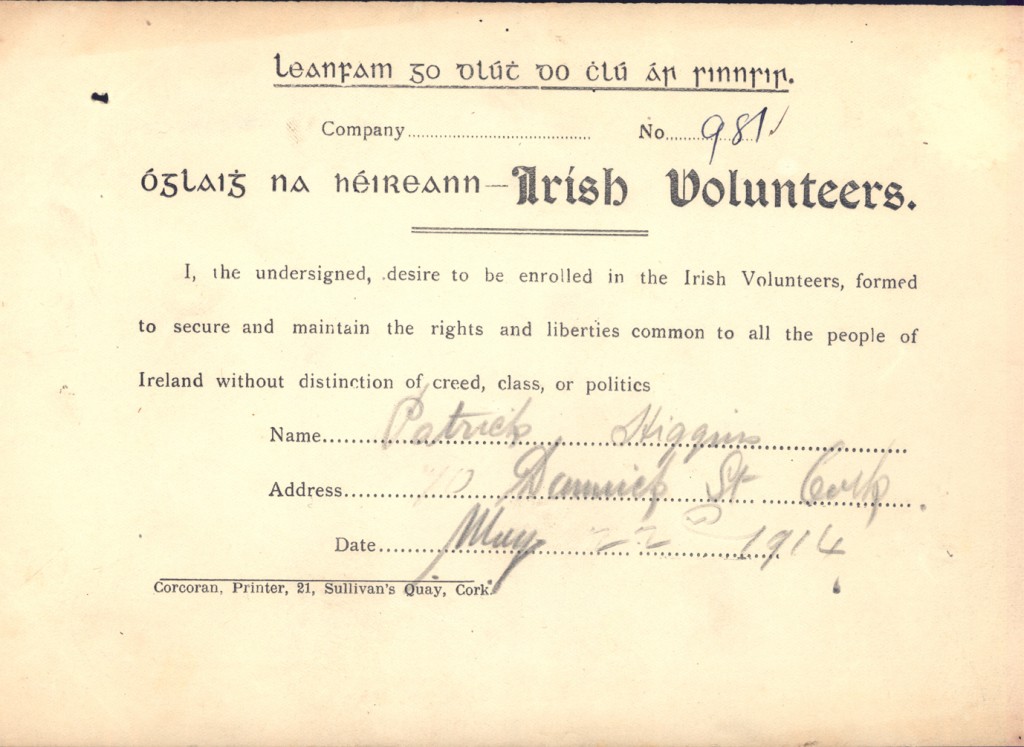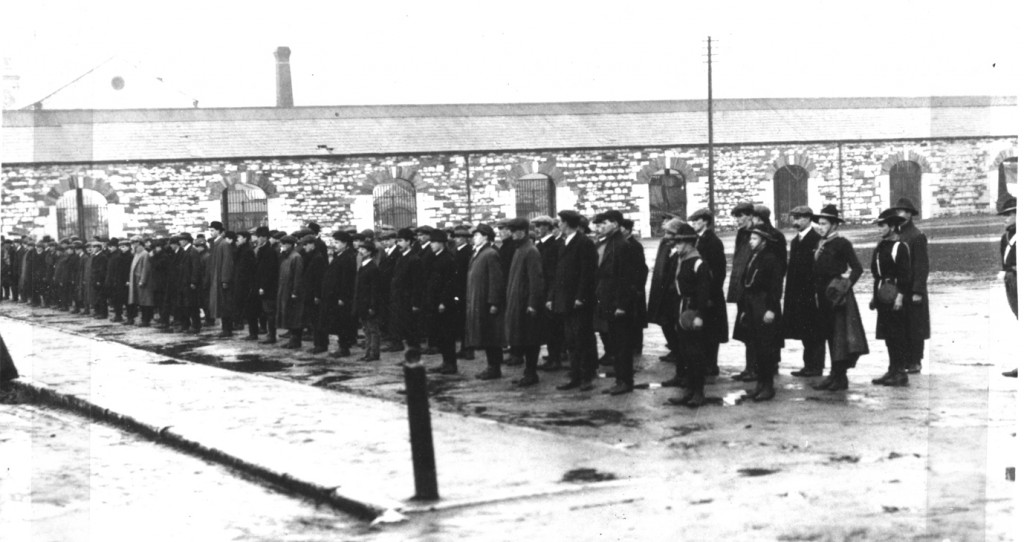
Kieran’s article, Our City, Our Town,
Cork Independent, 16 September 2010
In the Footsteps of St. Finbarre (Part 228)
For the Sake of Balance
The Irish Bureau of Military History was established in January 1947. Its original objective was “to assemble and co-ordinate material to form the basis for the compilation of the history of the movement for Independence from the formation of the Irish Volunteers on 25th November 1913, to the 11th July 1921”(www.military.ie). Below is one of the eye witness accounts preserved for Cornelius O’Keeffe who was the owner of the property at Ballycannon. where the six young volunteers were shot on Wednesday morning 22 March 1921. My thanks to Tony McCarthy, Blarney, for pointing it out to me.
Cornelius O’Keeffe recounted in a sworn affidavit after the shootings the following:
“I remember the night of Tuesday the 22nd March, 1921. About 11.30pm on that night there was a knock at my door after we all had gone to bed. I asked ‘who is there’ and a voice replied ‘There are a couple of us going to sleep down in the stables; give us a call at 7 in the morning’. I said ‘alright’ and went to sleep. About 4am next morning (Wednesday, 23rd March , 1921), there was a terrible thundering knock at my door. I leaped out of bed and looked out the window. I tied to light a lamp on the table but failed to do so.
One of the police then roared up at me to open the door if I didn’t want to get a bullet. Just as I rushed downstairs to open the door it was burst open by the police and they said to me ‘why the bloody hell didn’t you open the door?’ I explained what the delay was due to the lamp not lighting. They then asked me if I had any man in the house. I said there was no man there only myself…They ordered me back to bed and searched the beds and the other rooms in the house. They then went outside and I heard them search the out-houses.
I went into bed then and in about ten minutes time the police carne in and took me out into the yard. They then charged me with harbouring rebels which I denied. They then took me about 100 yards away from the out-house and gave me in charge to a Sergeant and Constable of the Royal Irish Constabulary. One of the Black and Tans came up to where I was standing with the other policemen and told them that they could find no arms in the house. The police then asked me to tell them where the arms were and I said I did not know. As I was speaking to me I heard one of the boys roaring as if he was being tortured. I then saw one of the boys being pushed across the field. It was still somewhat dark and he was too far away to distinguish who it was. The Black and Tan then returned and said ‘he is showing where the arms are’. They then carried the same boy over to the ditch and brought him back to the stables again.
A few minutes after, I heard a shot. Then at intervals there were two or three shots and then a volley of shots. I asked the policeman what the shooting was about and he relied that they were only blank cartridges. … A report then came up from the other body of police that some of the lads had escaped and to watch out for them. The police with me then prepared to shoot at anyone who would attempt to escape. There were then some terrible volleys fired where the boys were. . I then knelt down and said my prayers as I thought my turn would be next.
I was taken to where the boys were. There were two lines of Black and Tans in front of the stables so that I could not see who was there. As I was being taken down the field where the shooting was I saw two of the boys stretched out on the grass. I was then taken over the road and down to Kennedy’s public-house at the Cross. There were five police with me – three old R.I.C and two Black and Tans. After some conversation, in which they accused me of keeping arms on my premises, which I denied, I was brought back to Flaherty’s gate and I then saw five bodies being removed from my farm. They were all covered up in blankets. These bodies were placed in a lorry. They then brought out the sixth of the boys who was then alive and as they were throwing him into the lorry he said ‘oh, my leg’. There was a bandage around his forehead. They put me into the third lorry. They drove me in by Healy’s Bridge and the Lee Road as far as Gale’s Quarry. When they got there the first lorry in which the bodies were went on and I did not see it again. I was taken up to the Military Barracks, where I was kept in the Retention Barracks until the 17th April 1921 and then released without any charge being brought against me.“
To be continued…
Captions:
557a. Volunteers training in the Cork Cornmarket, c.1916, later to be built over by Cork City Hall (pictures: Cork City Museum Collection)
557b. Volunteer form for Patrick Higgins to join the Irish Volunteers

